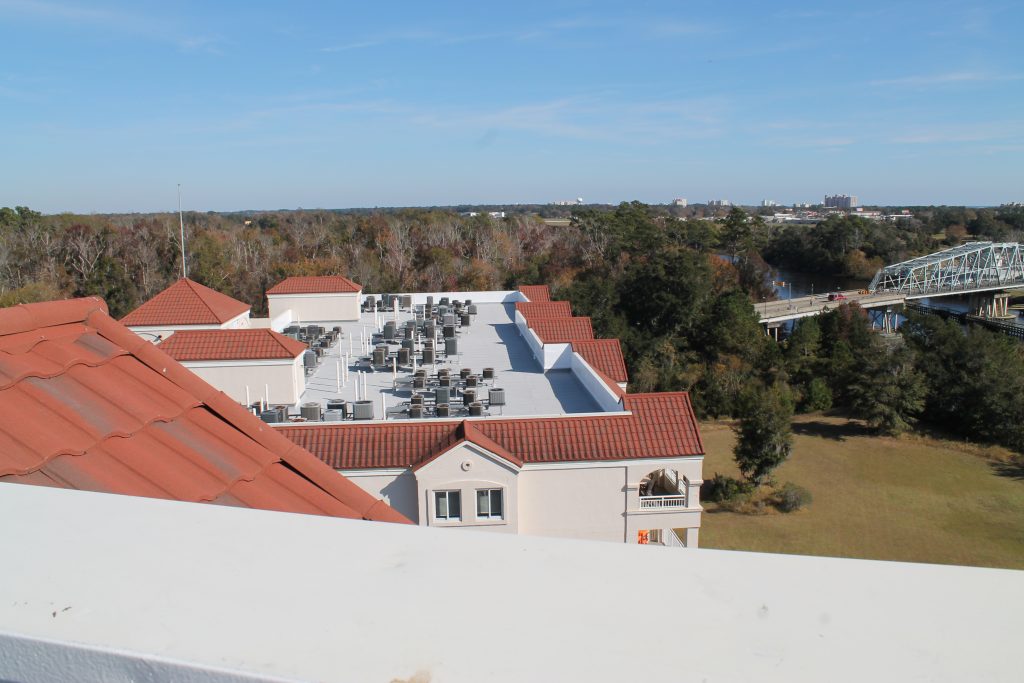Forecasting Roof Life Cycles
Forecasting roof life cycle is extremely important for the life of your commercial buildings. Determining how much life there is remaining in a roofing system, whether it has just been installed or after it has endured years of abuse from the elements, is a difficult task.
Initially, manufacturers perform lab tests on sample materials to simulate weathering and its effect on various physical properties over time. Although these tests are important toward producing quality and durable roofing materials, the only true tests for roofing systems are actual time on the roof of a building, exposed to the “real-world conditions” and abuse.

When we refer to “real-world conditions”, we mean what happens to a roof after it has been installed on top of a building and is exposed to a variety of elements. Some of these environmental conditions consist of the following:
- Sun
- Cold / Ice
- Sudden temperature changes, such as a cold rain on a warm day
- Ponding water
- Dirt
- Algae
- Pollution
- Different expansion and contraction rates of the components used to make up the roofing system
Some factors that determine the longevity of a roof include:
Type of Surface Protection – It is extremely important, in any type of product to protect the membrane from direct exposure to the sun. Types of protective surfacing include gravel, coatings, granules, and the physical makeup of the membrane.
Type of System – There are various types of roofing systems to choose from and each type will provide various results based upon where and how the system is installed. For instance, installing a single-ply system on a roof with many HVAC units to service will not be as trouble-free and enduring as a multi-ply BUR and Cap Sheet Modified system will.
Drainage – Ponding water is never a good thing for any roofing system for several reasons. First, ponding water degrades the membrane over time. Secondly, water is very heavy. A gallon of water weighs 8.3 pounds. A ponding water area on your roof could easily weigh tons, putting stress on the roof deck.
Regular Inspections and Maintenance – This is an absolute must if roof longevity is to be achieved. It is important to catch any developing defects within a roofing system early on prior to the defect expanding like cancer within the system. If a defect can be identified and repaired prior to it leaking, the roof system will have a much better chance of lasting well beyond the national average of 12 years.
As you can see from these partial lists of factors, there are many things to consider when determining how long a roofing system lasts during real-world conditions. However, it can be guaranteed that if a roof system is not maintained readily and properly during its service life, it will fail much sooner than it would with proper maintenance.
Not performing maintenance on your roofing system is like driving 100,000 miles in your car without an oil change!
Our dedicated service department can help you establish a program that is right for you and your roof system.
